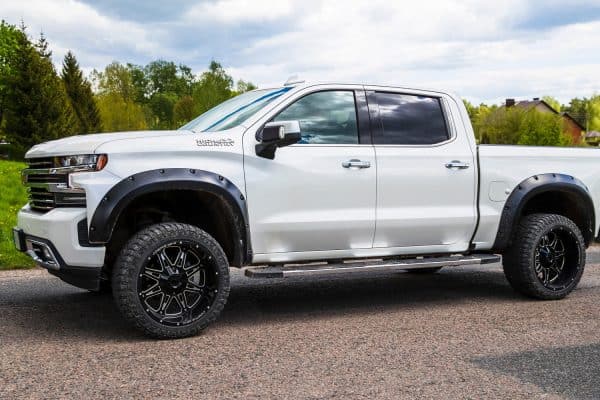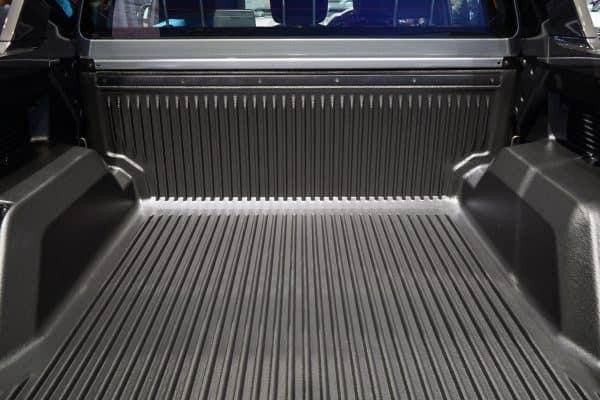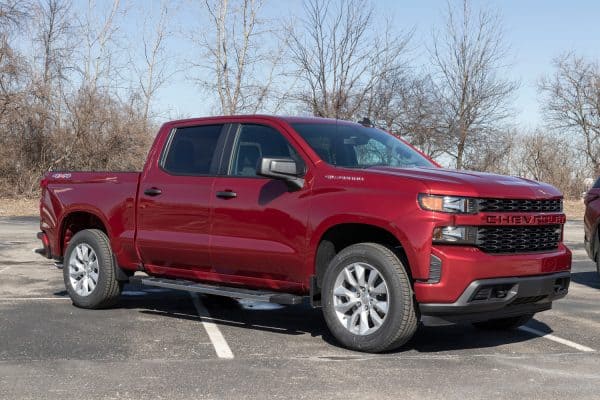Is your Chevy truck not shifting gears, and you want to know why and what you can do to fix the problem? You’ve come to the right place, for we have researched this question, and we have the answer for you.
There are two possible reasons why a Chevy truck with manual transmission will not shift. It has a worn clutch or a faulty clutch master cylinder. On the other hand, there are three possible reasons why a Chevy truck with an automatic transmission wouldn’t shift:
- Contaminated transmission fluid
- Failing torque converter
- Failing shift interlock solenoid
While there are other reasons why a transmission would not shift, the reasons above are the most common ones that you’ll encounter in a Chevy truck. Let’s talk about each of these causes in more detail in the sections below including what you can do to fix these problems in your Chevy truck.
Read on!
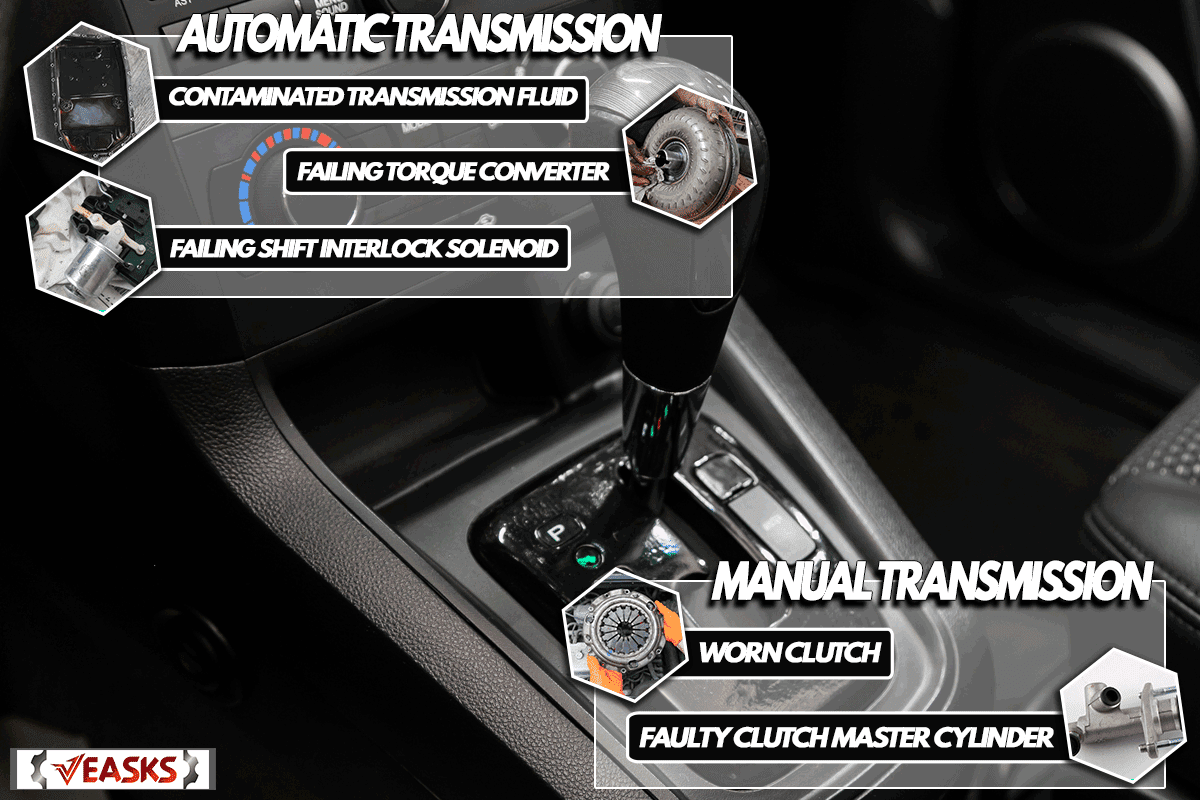
What is a clutch?
Clutches are present in devices where you need to lock two separate shafts so they can run at the same speed at one time and separate the two shafts so they can run at different speeds.
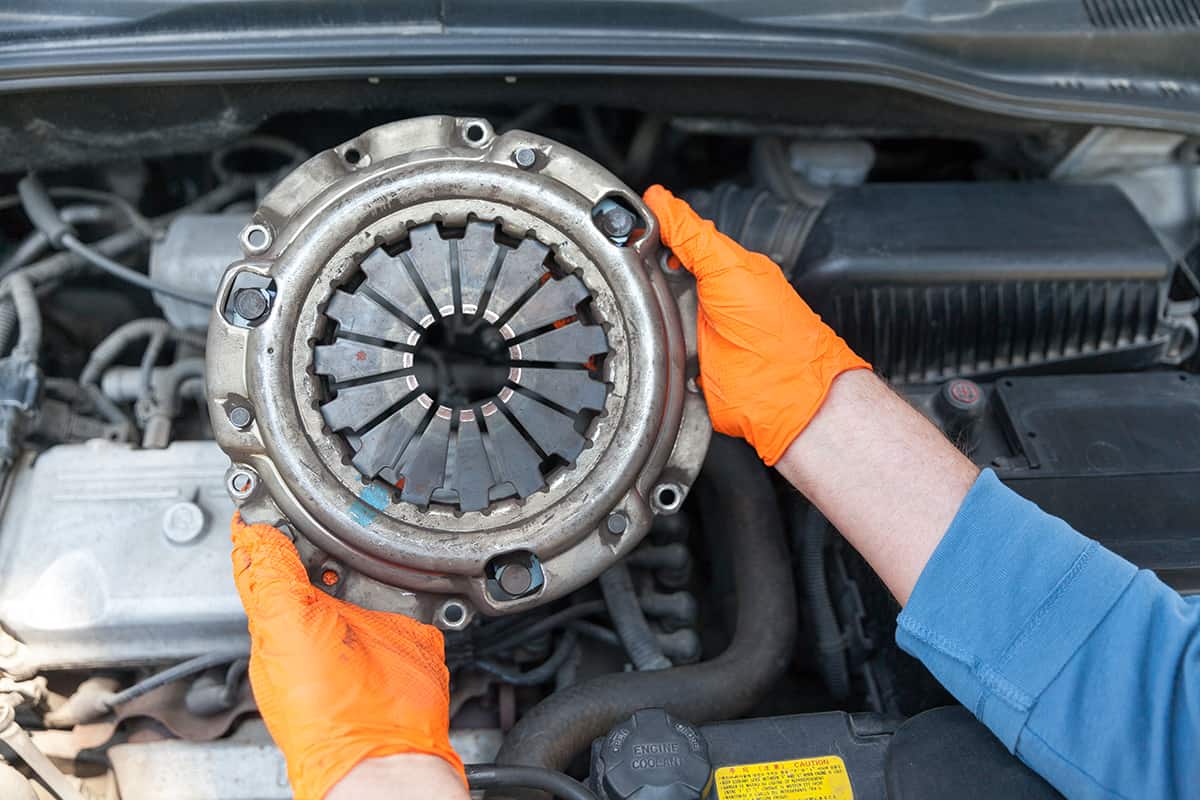
A vehicle with a manual transmission makes use of a clutch to momentarily separate the drive and driven shafts. This allows the vehicle to shift into a different gear.
You need a clutch to facilitate this change in a vehicle while the engine is running because the engine needs to run all the time, while the wheels do not.
How Does A Clutch Work?
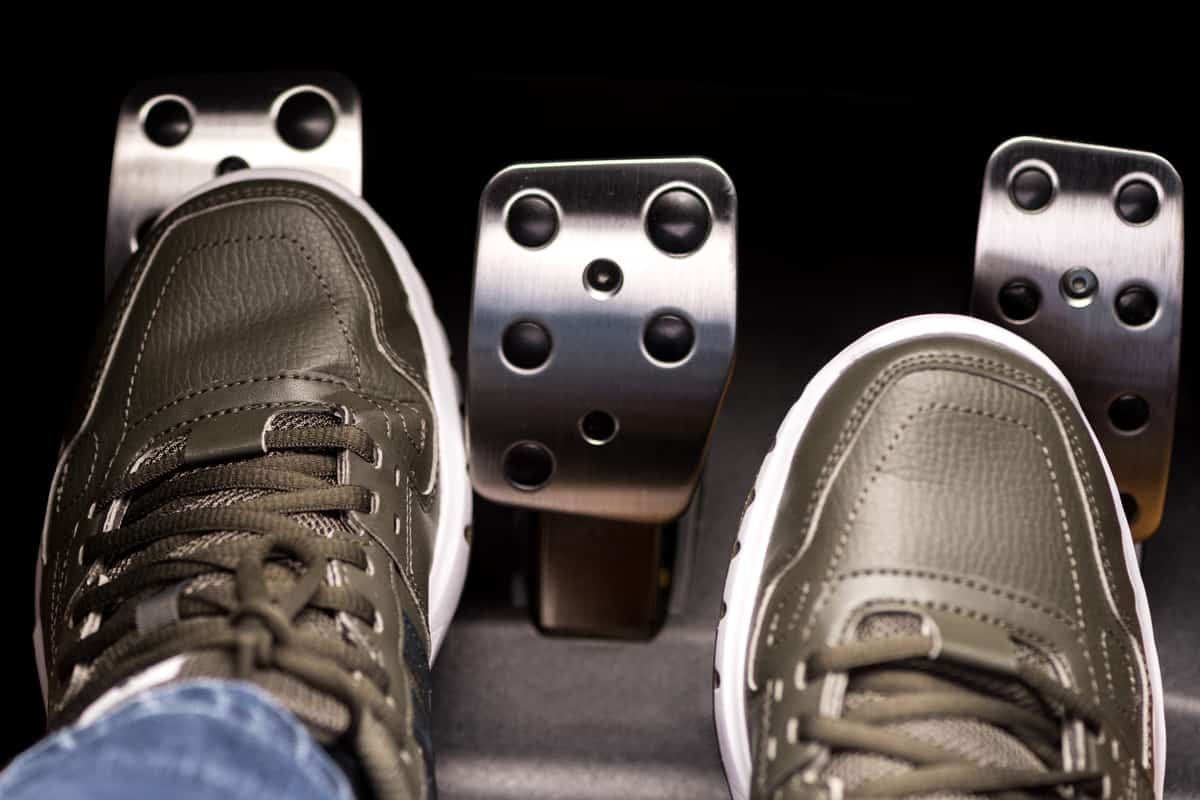
When you press on the clutch pedal, the force from your foot is increased by a hydraulic system to a lever. The force from the lever pushes on the center of a diaphragm spring. The diaphragm spring disconnects the engine from the gearbox.
You can then shift gears while the engine temporarily disconnects. After you change gears, you release the clutch pedal, and the engine reconnects. The power from the engine will continue to flow to the wheels of the car.
How does a worn clutch prevent your car from shifting?
Any worn part in the clutch system will prevent you from transferring the force of your foot on the clutch pedal, and to the diaphragm spring. If the diaphragm spring is not properly pressed, the separation of the engine and the transmission will not be complete. This will cause difficult shifting because the gears are still moving with the engine.
Shifting gears in this situation can damage the transmission. If the engine is not completely separated from the transmission, the gears will grind against each other when you shift. This grinding will cause rapid wearing of the gears.
Bring your Chevy truck to a mechanic to check the clutch system. The mechanic will likely replace any worn parts to get your clutch working again.
How does a bad clutch master cylinder prevent you from shifting?
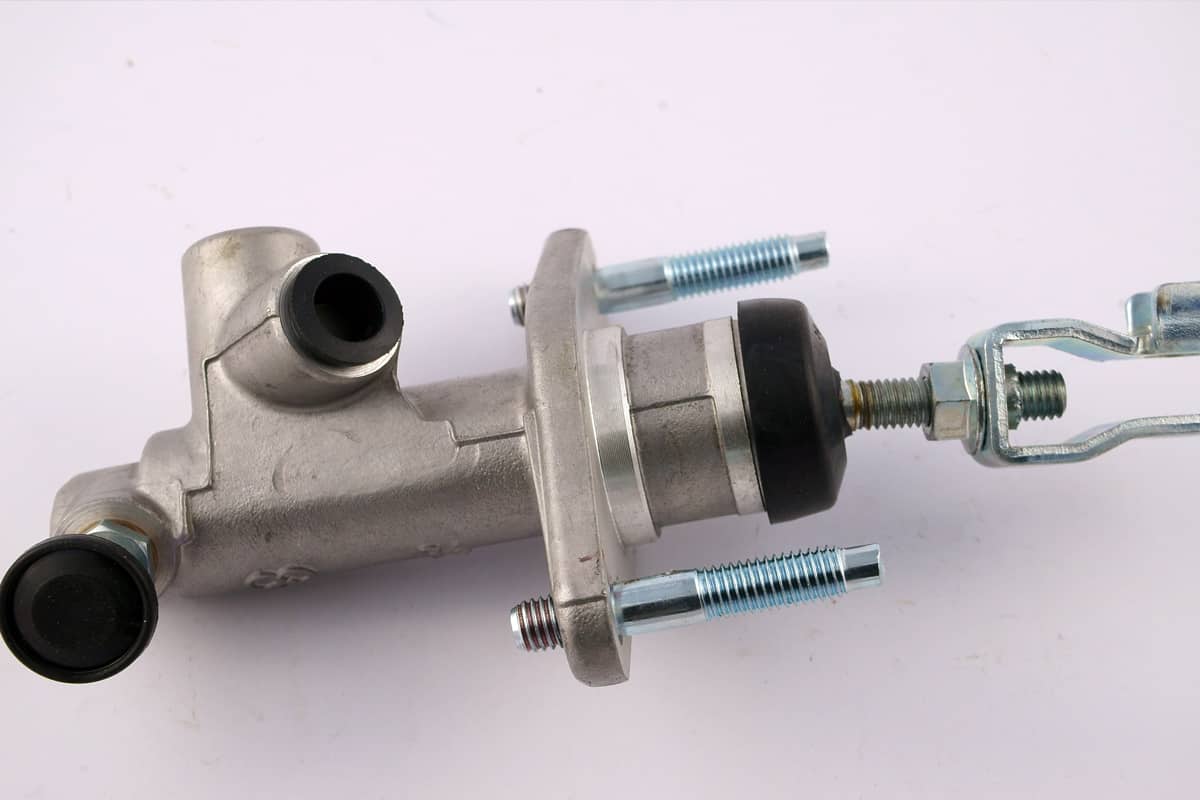
The clutch master cylinder contains hydraulic fluid. In some models, it uses the same hydraulic fluid as the brakes, while in some models, it has its own fluid reservoir.
When you press on the clutch pedal, the force from your foot pushes on a sealed plate in the clutch master cylinder. This plate will push the clutch fluid inside.
However, since the clutch fluid or the hydraulic fluid cannot be compressed, the force is simply transferred through the hydraulic hose and to the clutch slave cylinder to push the diaphragm spring.
However, a failing clutch master cylinder will not be able to transfer the force to the clutch slave cylinder. This is often caused by a leak in the hydraulic hose or on the seals of the clutch master cylinder.
You can verify that this is the problem by checking the level of your clutch fluid. If you have lower clutch fluid, then there is a leak somewhere. If your clutch shares a reservoir with the brakes, a leak can also affect the brakes of your Chevy truck.
Have a mechanic look for the leak to fix it.
Contaminated Transmission Fluid
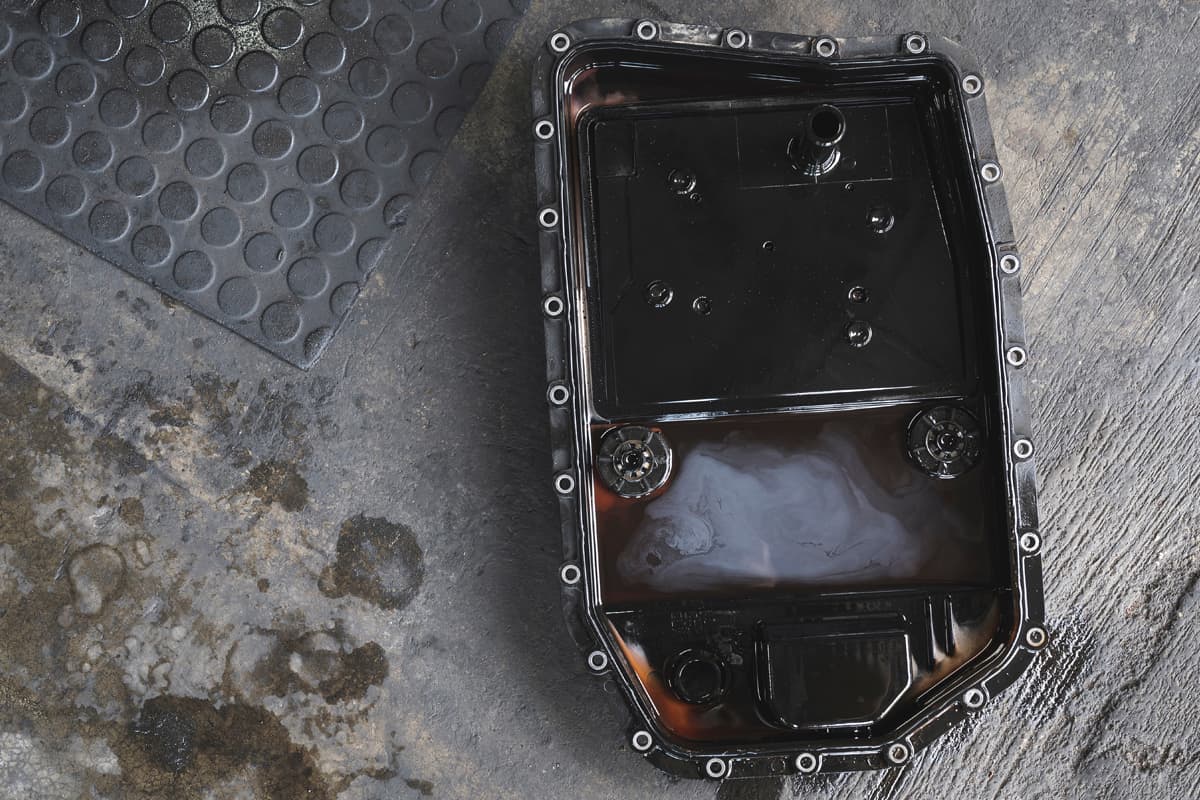
The transmission fluid is responsible for keeping the parts of your transmission well lubricated. Lubrication reduces friction, and less friction will reduce wear. However, the transmission fluid becomes dirty over time as it does its job.
The dirtier the transmission fluid, the less effective it becomes in lubricating the parts of the transmission. In an automatic transmission, this can mean difficulty in shifting gears.
Check the dipstick of your transmission fluid. Ideally, the color should be clear or pinkish. If the color is dark red or brownish, then the transmission fluid is dirty, and you need to flush the old fluid out and replace it.
Replace the transmission fluid filter when you replace the transmission fluid.
What is a torque converter?
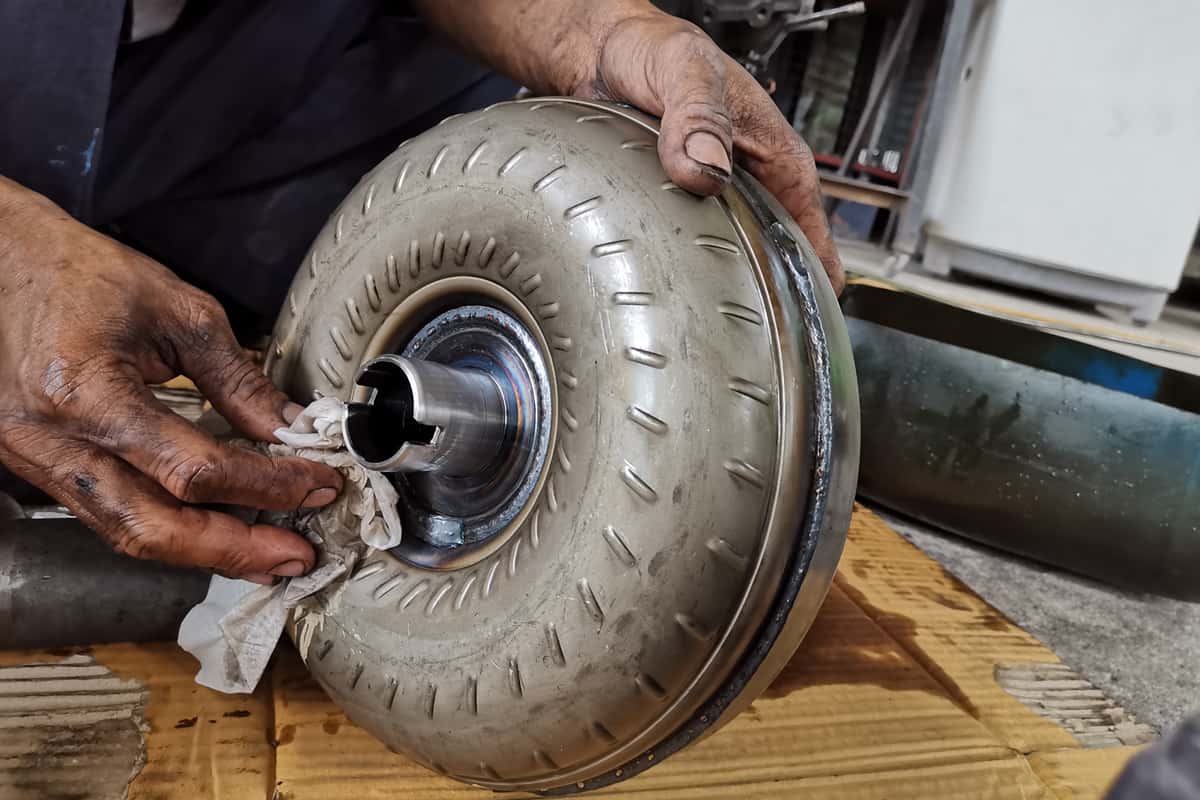
A torque converter is an important component of a modern transmission system.
A torque converter is like two fans facing each other. Then you seal these two fans in a donut-shaped casing so that the air blowing from one fan will go directly to the second fan.
This is the basic principle of a torque converter. However, instead of air, it blows transmission oil. One of the fans is connected to the engine, and the movement of the engine causes it to spin and push the oil out to the outer edges of the fan blades.
The second fan is connected to the transmission input shaft.
Let’s call the fan that is connected to the engine the impeller, while the fan that goes to the transmission input shaft is the turbine.
When the engine runs, the fluid that passes through the impeller is pushed outward. Because of the shape of the casing, the fluid has nowhere to go but to the blades of the turbine.
The shape of the blades of the turbine redirects the flow of the fluid toward the center, where it will exit. However, the change in the direction of the fluid also pushes the turbine to spin.
The force of the fluid that the turbine pushes to the center goes to the stator to prevent the force of the fluid from slowing the engine down as it goes back to the impeller.
The spinning motion of the torque converter also increases the pressure of the transmission fluid. The pressure on the fluid provides the force that the automatic transmission needs to shift gears.
The torque converter in modern cars serves the same purpose as the clutch in a manual transmission car. Similarly, a problem with the torque converter will make it hard for your Chevy truck to shift gears.
If the pressure on the transmission fluid is not enough to move gears, then your Chevy truck will fail to shift gears when it needs to.
Bring your truck to a professional mechanic to check the torque converter and the transmission. A leak can prevent the torque converter from building the necessary pressure for the transmission fluid. Similarly, a blockage in the flow of transmission fluid can also make it hard to build up pressure.
What is a shift interlock solenoid?
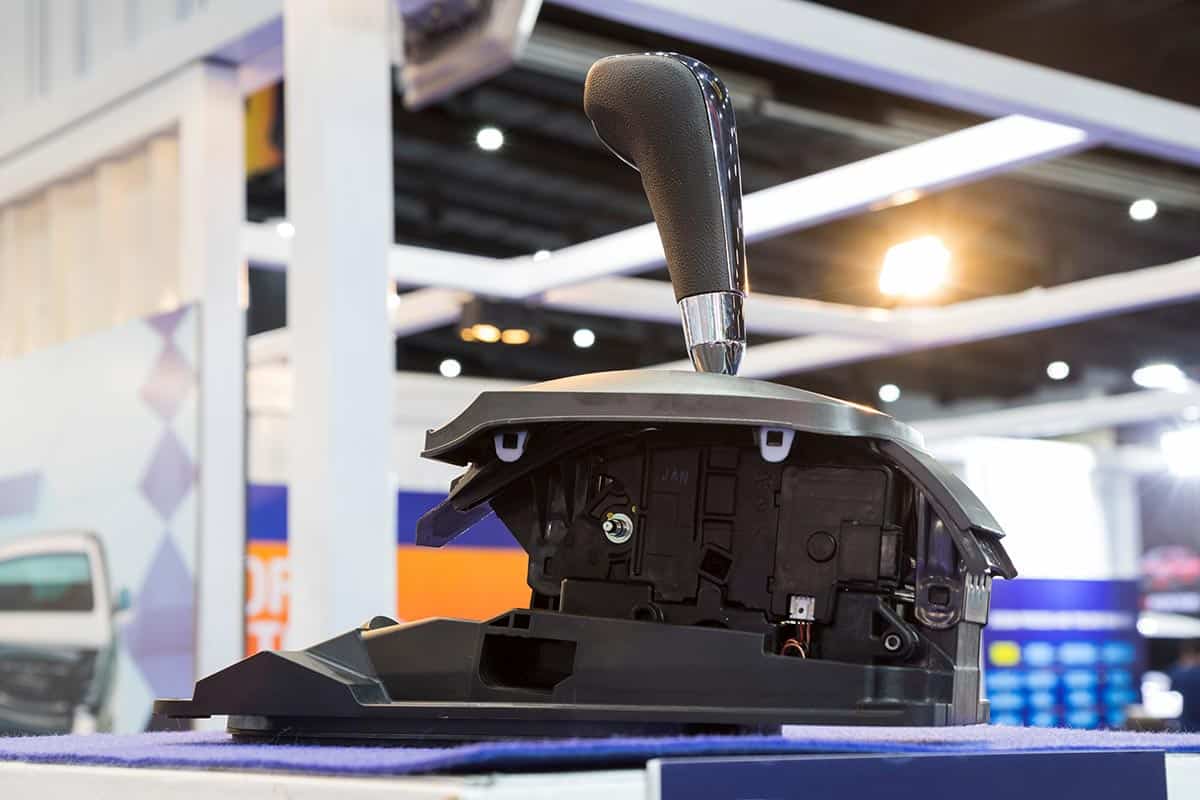
A shift interlock solenoid or a shift lock solenoid is a safety mechanism that is found in cars with automatic transmission. It locks the shifter and prevents it from moving out of “Park(P)” when you are not pressing the brake pedal and when the ignition is at the “On” position.
This is a safety feature to prevent your car from sliding down after you move it out of “Park (P)” because you have to step on the brakes first. Your transmission prevents the wheels of your truck from moving when it is on “Park(P).”
The shift interlock solenoid wears out over time. This will prevent your Chevy truck from shifting out of “Park (P)” even though you are stepping on the brake pedal and the ignition is at the “On” position.
To test if the shifter interlock solenoid is the cause of the problem, look for the shifter release button in your Chevy truck. Most Chevy trucks have this button close to the shifter but hidden so that you will not accidentally press it.
If the shifter moves after you press the shifter release button, then the shift interlock solenoid is failing. Have a mechanic replace it for you.
Conclusion
There are common reasons why your Chevy truck will not shift gears. Check the causes under which transmission your truck has to fix the issue.

